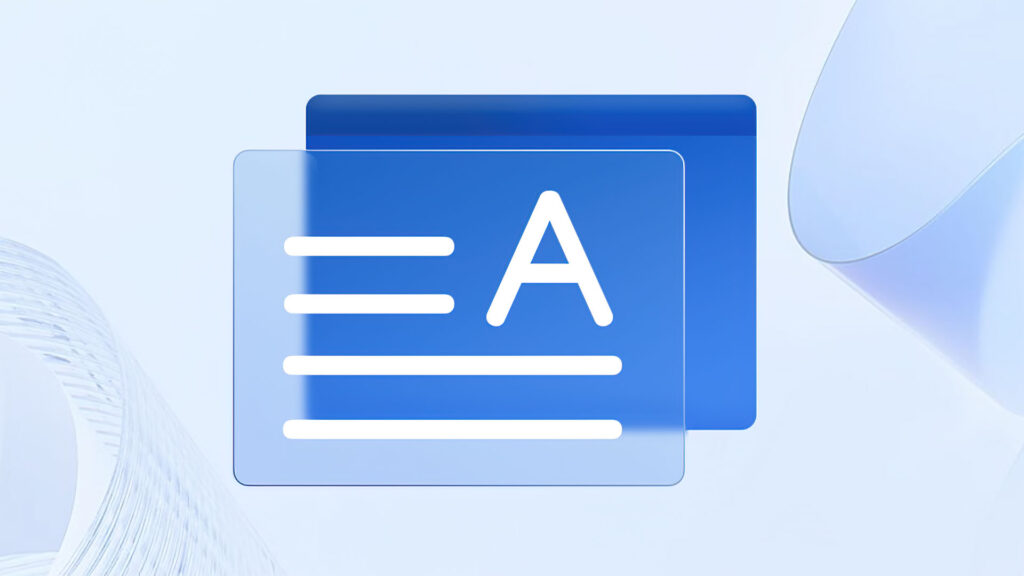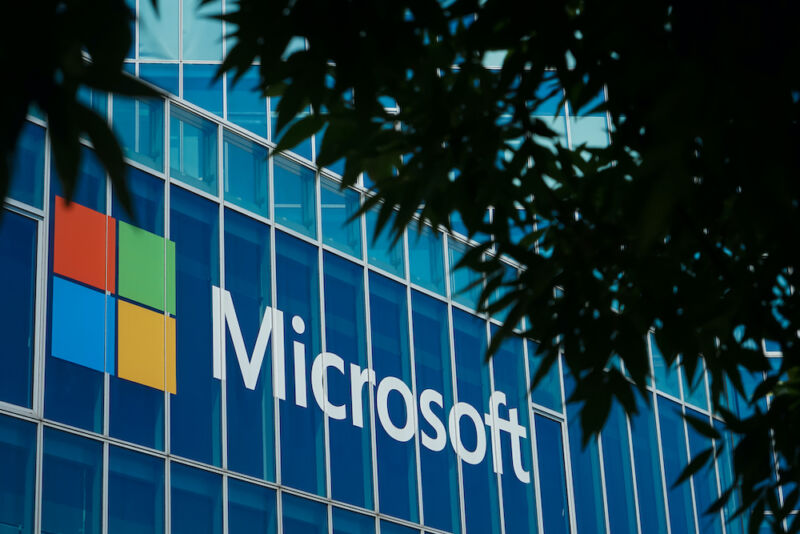On the first day of Pwn2Own Vancouver 2023, security researchers successfully demoed Tesla Model 3, Windows 11, and macOS zero-day exploits and exploit chains to win $375,000 and a Tesla Model 3.
The first to fall was Adobe Reader in the enterprise applications category after Haboob SA’s Abdul Aziz Hariri (
@abdhariri
) used an exploit chain targeting a 6-bug logic chain abusing multiple failed patches which escaped the sandbox and bypassed a banned API list on macOS to earn $50,000.
The STAR Labs team (
@starlabs_sg
) demoed a zero-day exploit chain targeting Microsoft’s SharePoint team collaboration platform that brought them a $100,000 reward and successfully hacked Ubuntu Desktop with a previously known exploit for $15,000.
Synacktiv (
@Synacktiv
) took home $100,000 and a Tesla Model 3 after successfully executing a TOCTOU (time-of-check to time-of-use) attack against the Tesla-Gateway in the Automotive category. They also used a TOCTOU zero-day vulnerability to escalate privileges on Apple macOS and earned $40,000.
Oracle VirtualBox was hacked using an OOB Read and a stacked-based buffer overflow exploit chain (worth $40,000) by Qrious Security’s Bien Pham (
@bienpnn
).
Last but not least, Marcin Wiązowski elevated privileges on Windows 11 using an improper input validation zero-day that came with a $30,000 prize.
 chevron_right
chevron_right








